Our staff’s advice for expectant parents

At Consumer NZ, we know a lot about babies, with several staff currently assembling the gear they need to prepare for their new arrivals. We’ve pulled together our best advice to help with your own preparations.
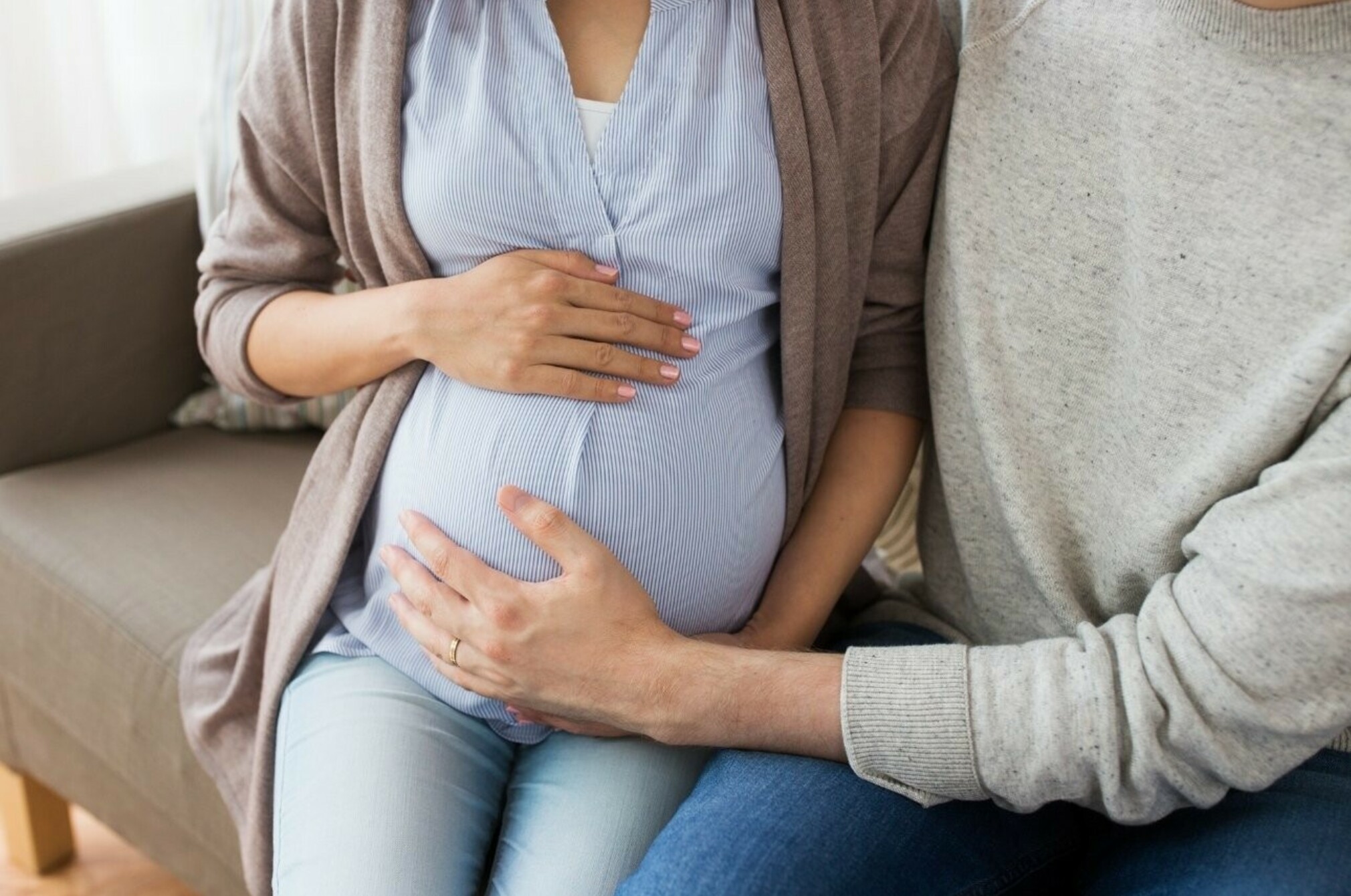
Be careful of baby premiums
From toothpaste to shampoos, you’ll see products marketed as being specifically for babies.
Our research shows that usually, baby-specific products aren’t necessary. Children can use the same toothpaste as adults, with a smear all that’s needed for children under 6. Babies do not generally need moisturisers or shampoo.
When it comes to sunscreens, infants have a less developed skin barrier than adults and are more likely to be irritated by ingredients. Babies younger than 6 months shouldn’t have sunscreen applied, unless you cannot keep them in the shade. After that, the New Zealand Dermatological Society recommends using mineral-based sunscreens (like zinc oxide) on infants.
Sunscreens specially formulated for children have a mild base for sensitive skin. But there’s no reason older kids shouldn’t use the family sunscreen, if it doesn’t irritate them.
In all cases, test a small amount of the sunscreen on the inside of your child’s forearm for a few days to check if their skin reacts.
Sort out your sleeping arrangements
All parents want their babies to remain safe while sleeping. How and where you put your child to sleep will depend on your culture, parenting style and what works for you as a family. Luckily, you have options.
Bassinets
Bassinets provide a cosier sleeping environment than a cot. Because bassinets are smaller and often have wheels, you can move them from room to room and put them next to your bed.
If you’re looking for a bassinet, it should be sturdy and durable, with a wide base. Use one firm mattress that fits snugly on all sides, with no gaps larger than 25mm.
How you use a bassinet can pose a greater risk than how it’s constructed. Put your baby on its back, at the foot of the bassinet, and make sure the bedding is tucked in securely and reaches no higher than baby’s shoulders. There shouldn’t be anything in the bassinet that could cover baby’s face, including toys or pillows.
Bassinets are great, but you’ll only get 5 to 6 months’ use from them. As soon as babies can support their own weight, or lift themselves, they should go into a cot.
Cots
If you don’t like the idea of buying a bassinet just for a limited time, a newborn can go straight into a cot.
If you’re buying a cot, you’ll want it to last, and while a newborn won’t be climbing out of it any time soon, before you know it, a two year old might be. As with a bassinet, the cot’s mattress must fit snugly around all sides. You’ll also want to make sure that there are no footholds your baby could use to climb out of their cot.
You can save money by buying a cot second-hand, but make sure it’s safe. Look for the New Zealand ‘S’ mark, or the Australian ‘tick’ mark. Older cots can have hazards like unsafe gaps and strangulation risks. Check there are no broken or wobbly bars and no protruding screws. If the cot is pre-1970, it could have lead paint, which children might chew on when teething. If you buy your cot second-hand its best to buy a new mattress.
Sharing a bed with your baby
If you plan to share a bed with your baby, it’s important to do it safely; sharing a bed with baby is one of the main risk factors for sudden infant death syndrome (SUDI).
If you do intend to share, Plunket recommends placing the baby in its own baby bed – such as a wahakura or a Pēpi-Pod – within your bigger bed.
A wahakura is a form of woven basket and is considered taonga in Māori tikanga. Weaving techniques produce a flat base with stiff, rigid sides that won’t collapse.
A Pēpi-Pod is a purpose-built plastic box that can be fitted with a mattress and bedding.
Both devices help protect against accidental suffocation when adults and infants share a bed. For more information, Plunket’s website has great advice on co-sleeping (and everything else that comes with having a baby).
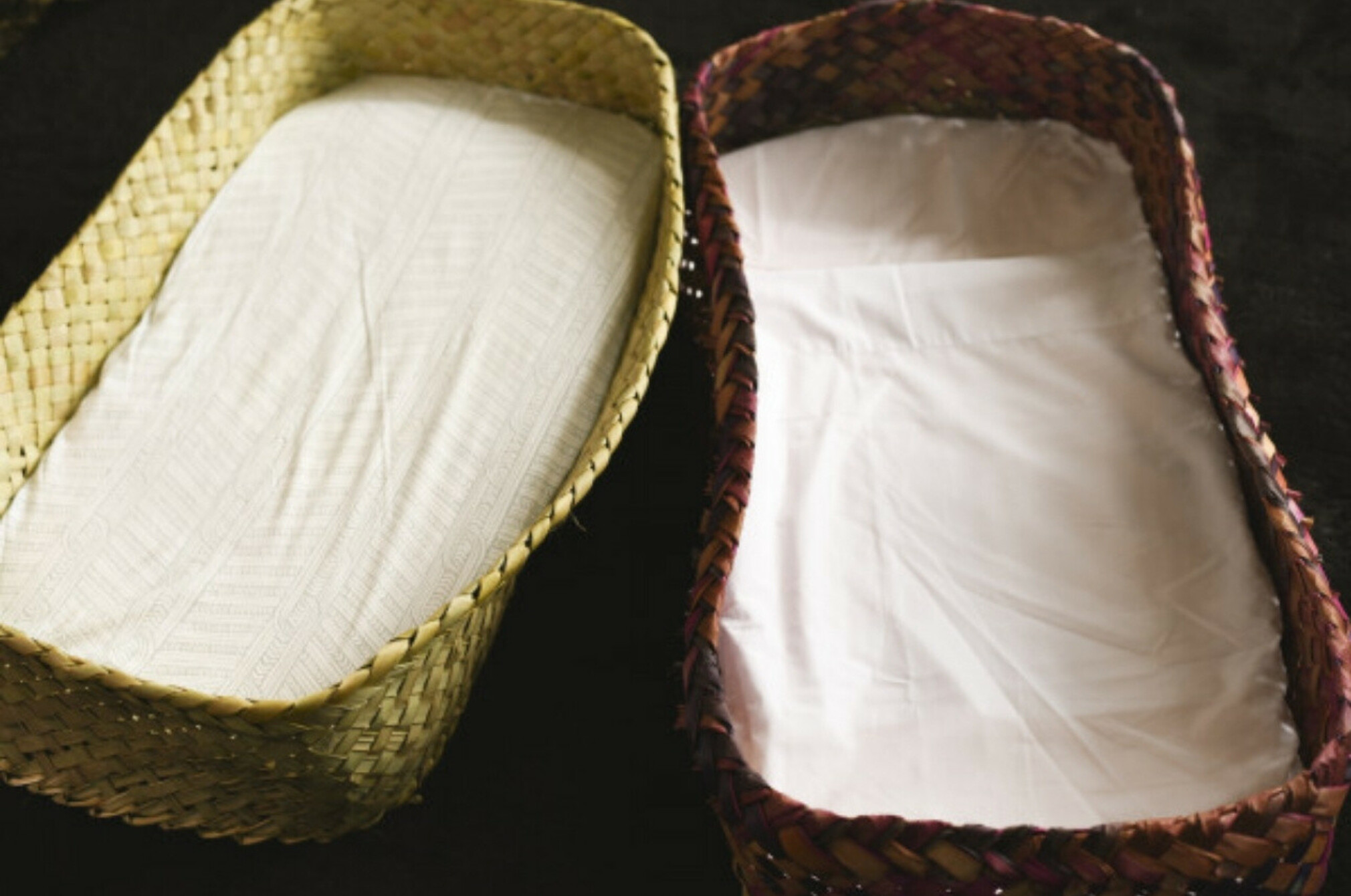
Choose a baby monitor that’s right for you
If you haven’t been around babies for a while, baby monitors are probably where things have changed the most, with significant technological advancements made in their connectivity and audio and picture quality.
At the simplest end of the spectrum, are audio-only monitors that let you to hear if baby is crying in another room. Moving on up, are audio-video monitors that allow you to see and hear your baby in high definition, and control the monitor’s camera remotely. Finally, you can download an app and use two devices – like smartphones or tablets – to create a baby monitoring system. If you go for an audio-video option, make sure it has good night vision – smartphones can struggle here.
We’ve tested 22 baby monitors, including audio, audio-video and app-based options. Find out which comes out on top.
Carry your baby, but avoid bag slings
There are a range of options for carrying your baby, from fancy ergonomic carriers to stretchy or woven wraps. Whatever you use, ensure it’s suitable for your child’s age and weight, has no sharp points or edges, and supports your baby without overly restricting its movements.
Avoid bag slings, as you can’t position babies safely in them and they can suffocate.
At present, there is no New Zealand or Australian safety standard for baby carriers. We recommend looking for US standard ASTM F2236 or EU standard EN 13209-2 on any carriers you’re considering.
For one Consumer staff member, using a wrap went beyond what was comfortable or convenient. “Tiny babies love being close to their parents and it’s a lovely way for dad to bond with the baby and give mum a well-deserved break from touching!”
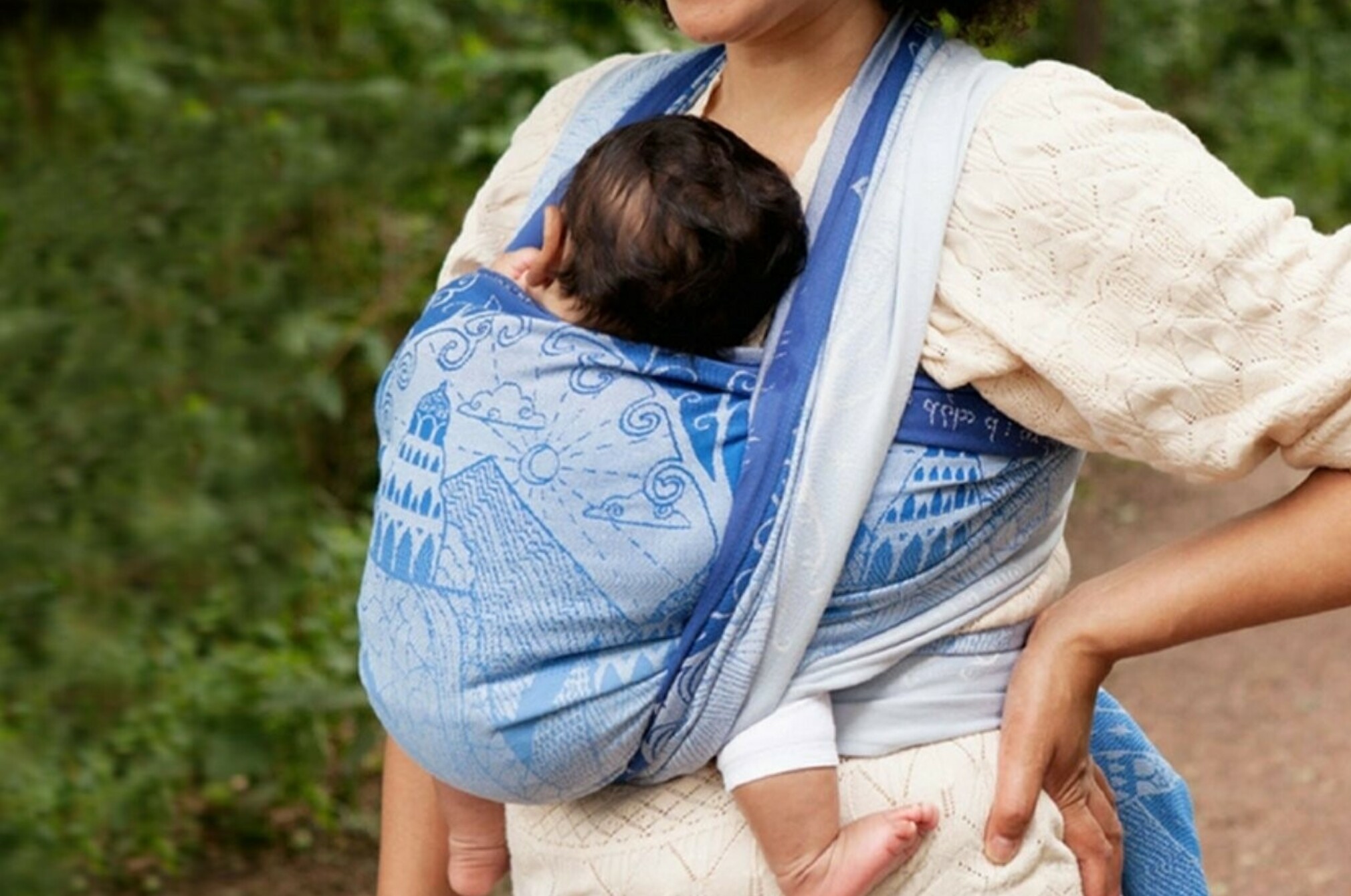
Pick a stroller for your lifestyle
Safety is the most important thing when buying a stroller, but it’s also important your stroller suits your lifestyle. If you live in a city, there’s probably no need to pay a premium for a pushchair designed for running off-road trails. Similarly, there’s no point in getting a pushchair that can’t fit in your car.
Consumer has tested almost 50 strollers, assessing them for safety and ease of use. Safety testing is particularly important when it comes to strollers, because while there is a safety standard (AS/NZS 2088:2013), complying with it isn’t mandatory.
Car seats: buy a capsule compatible with your stroller
While you can delay buying a stroller or a high chair, to get your precious new cargo home safely, you’re going to need a car seat.
We think capsules are a small and convenient option. They clip into a detachable base that remains in your car and can be used in a compatible stroller. You can also rent them, which could save you some money.
Getting a capsule and a pushchair from the same brand will make your life easier, meaning you can scoop your baby out of the car and into the pushchair without removing them from their seat.
It’s best to try a car seat in your car before you buy, as not all seats work in all vehicles. The car seat must meet one of three safety standards, and it needs to be installed correctly. Try to buy or hire your car seat several weeks before your due date, so you can ensure it’s correctly installed and ready to go.
Highchairs needn’t mean high prices
We test highchairs against the Australian safety standard, looking at their stability, strength and safety of construction, as well as how easy they are to clean.
Top spot went to the $639 iCandy MiChair, but second best was the $35 Anko Prandium High Low Chair. The Anko chair got top marks for safety and will help save money for when more expensive purchases roll around.
The second-hand market is great for baby items
Babies grow fast. They’ll grow out of their clothes every few months, and capsules, co-sleepers and bassinets – which can be expensive – might only be appropriate for 6 months.
Because newborn babies grow so quickly, and don’t move around an awful lot, these items don’t tend to get a lot of wear and tear. This means you can find bassinets, clothes and strollers in great condition and often at bargain prices.
One staff member assembled an entire travel system from Facebook Marketplace for around $300. Buying these items new would have cost almost $2,000.
Importantly, we do not recommend buying a car seat second-hand. Second-hand car seats may have been bought overseas, may not comply with safety standards, or may have been in an accident.
We've tested 22 baby monitors.
Find the right one for you.
Arjona Software
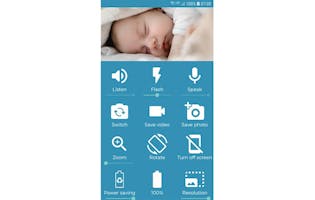
D-Link
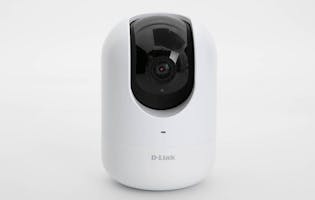
Dormi
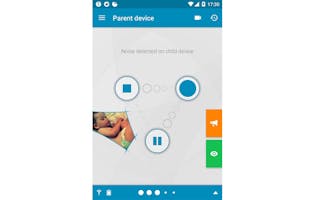
Member comments
Get access to comment